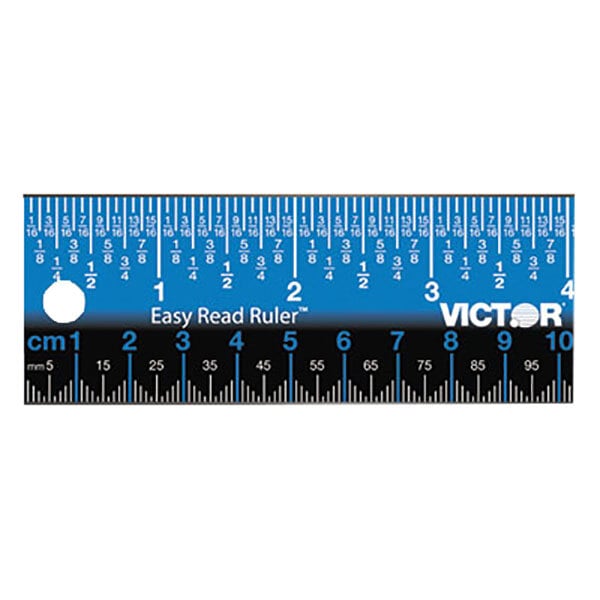Adamjamma
Senior Member
- Location
- Jamaica and london
I tell you.. 45 mm is easier to find than 1-11/16ths inches... at least for me...
It caused some confusion.
This clock is on Bristol corn exchange. The first minute hand is Bristol time, the second minute hand is GMT.
View attachment 21404
Using the dark side:

I know I have brought this topic up before.
Will the US ever join the rest of the world and move to using SI units of measure?
For example, is there any sense in two different units for power?
And AWG is baffling in its derivation.
https://en.wikipedia.org/wiki/American_wire_gauge
Works great here. Why change it? Maybe the rest of the world should adopt our standards.
What, are they going to redefine pi as 3.00000 to make math easier?Peterd...
I believe your hope to keep American practice in measurement-standards is about to be dashed! Next month reps from 57 countries will meet in France to change SI-units in the most profound way since the French evolution!
Phil
What, are they going to redefine pi as 3.00000 to make math easier?
I'm sure the 750 is most likely 750 cubic centimeter of displacement as well.
Universal (almost) and consistency are the merits for me.I would in general prefer metric/SI units.
To me the major advantage is that these units are the same everywhere. Many older measures have regional, national or application specific variations.
A kilometer is always the same, a mile varies a bit, imperial, nautical, or railway ?
A liter is likewise the same everywhere, whereas US and UK gallons are significantly different.
Universal (almost) and consistency are the merits for me.
That's it in a nutshell. Simpler.For me it would be that the math is straightforward. Simple addition, subtraction, multiplication, and division would be so much easier to get right without having to deal with, for example, miles, feet, inches, and fractions of inches.
I would say full stroke for displacement but port-to-TDC for compression ratio.might even be 746... and in 2-strokes there is huge debates on what math to use- whether the stroke is measured from the top of the exhaust port or the usual full piston travel. again, I know, kinda useless info for lots but full on debates (and interesting) for less.
Peterd...
I believe your hope to keep American practice in measurement-standards is about to be dashed! Next month reps from 57 countries will meet in France to change SI-units in the most profound way since the French evolution!
Phil

